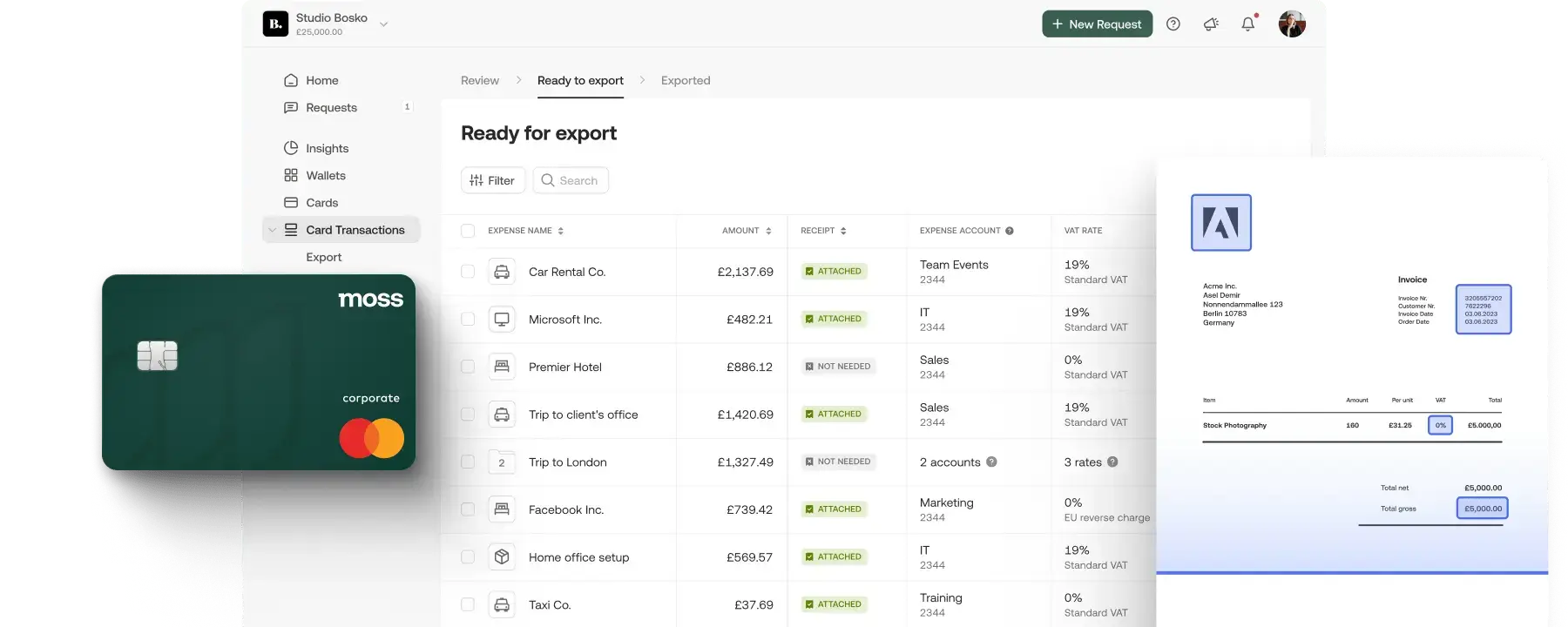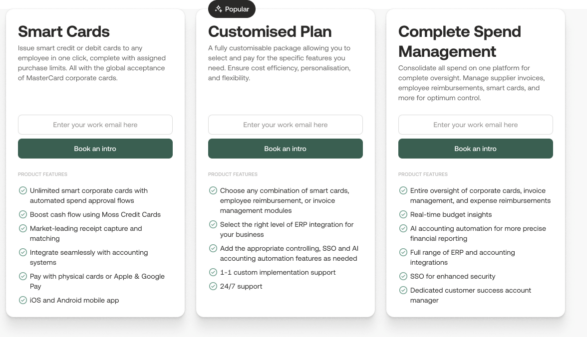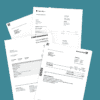Business travel affects employees, entrepreneurs and self-employed workers alike. And whilst getting out of the office or talking to clients can be pleasant for a change, tax-related tasks that come along with that trip often are considered less enjoyable. We are here to help: Let’s find out the HMRC mileage rates for 2022 and how to make use of them without losing any money.
What are HMRC mileage rates?
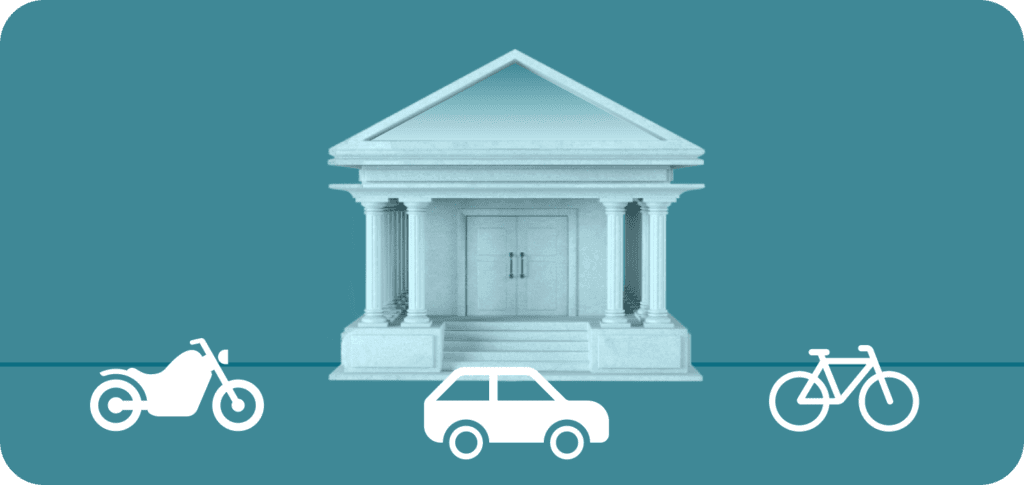
When going on a business trip, team members expect to get reimbursed for expenses related to the work issue. Rightfully so, as they are spending money for the purpose of supporting the business they are working for instead of using their hard-earned money directly for themselves. HMRC mileage rates help determine the additional financial load they are dealing with to compensate for it. Depending on the vehicle and whether they drive a company-owned car or a personal means of transportation, there are different rates to consider.
Businesses can benefit from a similar approach, as they also have to inevitably spend money to keep their work going. To support them, they are relieved from certain tax aspects, for example, the advisory fuel rate provided by HMRC.
It is worth noting that business mileage rates for company cars do not apply for vans. Hybrid cars, on the other hand, should be handled as cars fueled by diesel or petrol. And: It is possible that employers apply an individual rate that suits highly efficient cars or significantly higher business travel cost. In those cases, it is necessary to fully explain the higher cost per mile. Otherwise, companies could have taxable profit and mention the earning for Class 1 National Insurance, as well.
HMRC mileage rates 2022/23
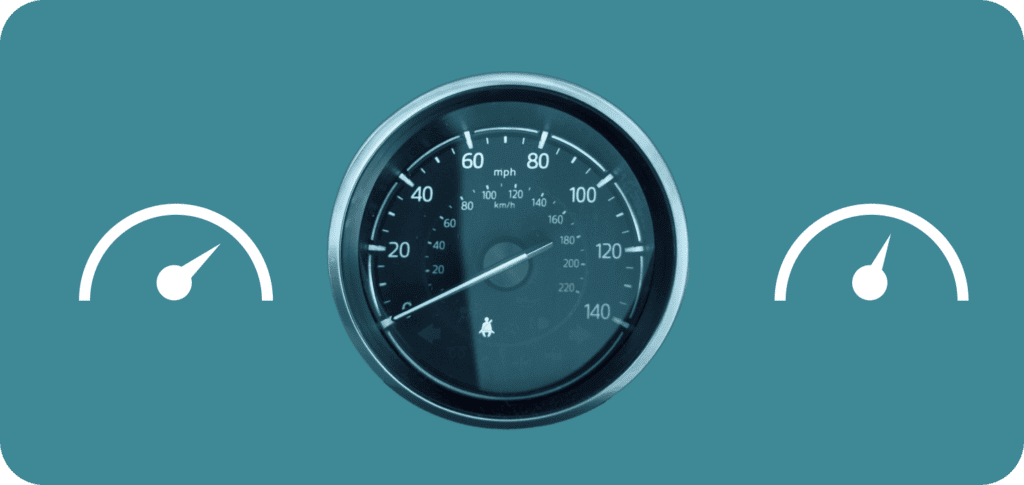
On 1 June 2022, HMRC published the now current advisory fuel rates for the tax year 2022/23 regarding company cars. The previous mileage rates, therefore, have expired on 30 June 2022. Please note that advisory fuel rates might change again in September 2022 as they are adapted on a quarterly basis.
| Engine Size | Petrol | Diesel | LPG | Fully Electric |
|---|---|---|---|---|
| 1,400cc or Less | 14p | 9p | 5p | |
| 1,600cc or Less | 13p | 5p | ||
| 1,401cc – 2,000cc | 17p | 11p | 5p | |
| 1,601cc to 2,000cc | 16p | 5p | ||
| Over 2,000cc | 25p | 19p | 16p | 5p |
What employees definitely should consider when driving a company car: They can face the tax contribution benefit-in-kind (in short: BIK) when profiting from company benefits. If private use for their company car is not deducted from their salary, they need to handle the use as a taxable issue. But all this can still be more profitable than buying and maintaining a personal car.
HMRC mileage allowance payments (MAP) 2022
Following information on advisory fuel rates, we also want to mention the approved mileage rates by the HMRC here. They have been valid since the tax year 2011/12 and still apply to all employees seeking to claim costs for the use of personal vehicles when traveling for business reasons:
| From the tax year 2011/12 onwards | First 10,000 business miles in the tax year | Each business mile over 10,000 in the tax year |
|---|---|---|
| Cars and vans | 45p | 25p |
| Motorcycles | 24p | 24p |
| Bicycles | 20p | 20p |
In order to calculate MAP, all employees or business owners wishing to compensate team members need two values: the number of business miles travelled within the tax year and the respective mileage rate from the table above. Here is an example to show how easy calculation is: An employee has been on business trips by using their personal car that cumulated to 10,000 miles. They can claim:
£0.45 x 10,000 = £4,500
For every additional mile after the 10,000-mile mark, they can claim £0.25.
HMRC electric car mileage rates 2022
Considering the current political and ecological situation we are facing, a surge in new technologies and fuel alternatives is more than welcome. However, the current HMRC mileage rates still do not fully support the need to switch to more environmentally friendly solutions of transport.
While fuel and energy prices are both rising, the mileage rate for electricity is still 5p per mile. Compared to 45p per mile for mileage allowance payments and up to 25p per mile for advisory fuel rates, many car owners and companies might refrain from using a more climate-friendly vehicle. It is not impossible that HMRC will adapt the mileage rate soon, though.
Differences between the HMRC business mileage rates 2022

When driving a company car, there are no additional costs for employees other than paying for fuel as maintenance and service are usually taken care of. They can either pay out of pocket and get reimbursed for the expenses or pay via a corporate card provided by the company. Those expenses in line with the mileage rate for the respective car type are a tax-free reimbursement or payment for the business.
When employees do not have access to a company car but instead use a personal vehicle for work-related trips such as visiting clients or rides between different offices, they can ask for a mileage allowance. The company then pays a certain amount to compensate costs for the tear and wear of the vehicle, as well as oil, fuel, and maintenance. For employees using a car or van, the business mileage rate in 2022 is 45p for the first 10,000 miles. After that, they can claim 25p against taxes.
Business costs usually are not subject to tax. Therefore, employees can deduct them against revenue. There is also an additional 5p per passenger per business mile when carrying fellow employees in a car or van. It is mandatory that these are business trips for them as well. People working for a health trust could be eligible to receive even more. There is a rate of 56p per mile for the first 3,500 miles in a year, for any miles thereafter, there are 30p. When team members go by motorcycle or bicycle, the rate drops accordingly, as there usually is less tear and wear to consider.
HMRC mileage rates 2023/24
The HMRC mileage rates for the 2023/24 remain unchanged, and have done so since way back in 2011/12.
However, there have been a couple of changes in the charges for company vans. The company van tax charge has risen from £3,600 in 2022/23 to £3,960 in 2023/24. The company van fuel rate has also risen from £688 in 2022/23 to £757 for the 2023/24 tax year.
Meanwhile, the car fuel benefit multiplier has risen from £25,300 to £27,800 for the 2023/24 tax year. This is a BIK (benefit in kind) charge that you have to pay on fuel that is paid for by your employer.
How to properly save with mileage rates
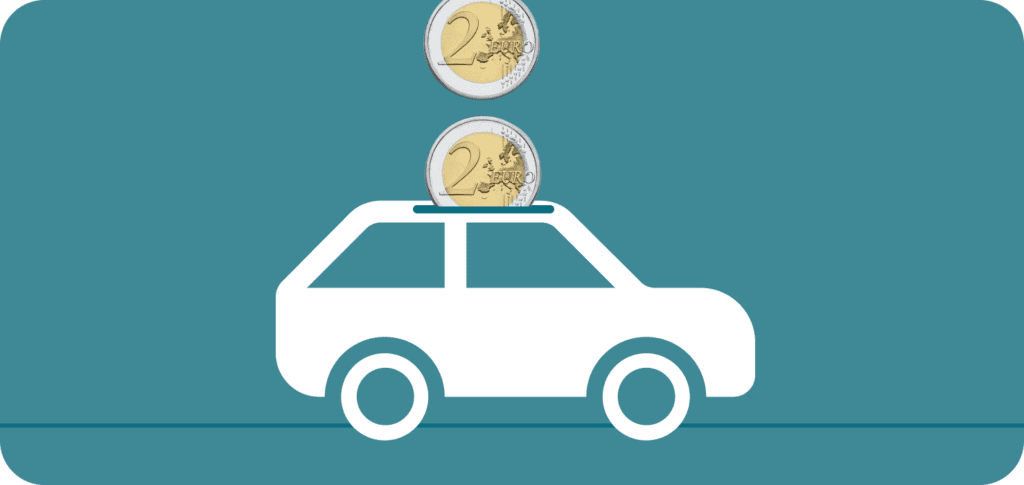
When trying to make full use of possible tax deductions, we should always consider the HMRC recommendations and their guideline rates. Only then, it is safe to say that we save money instead of overpaying taxes.
However, companies are not obligated to follow the mileage rates mentioned here. In some cases, company cars are much more efficient or cause significantly higher costs. If this issue is explained properly, it is possible to deduct higher costs, as well, without having to fear slipping into tax profit.
Some employees might wonder why their company won’t adhere to the mileage allowance rate of 45p per mile when they use their personal car for business travel. This is because companies can decide for themselves how much allowance they want to pay out. But their workers still have the chance to deduct the remaining amount from their taxes to come up with tax relief of 45p per mile after all.
How Moss can help out businesses with additional insights

Successful business owners know that taking care of financial tasks can easily become a time-consuming task. That is why automated processes are crucial in keeping those time drains at bay to be able to focus on growth, new projects and the well-being of team members. Moss hands small or medium-sized companies all the necessary tools to declutter and modernise their money-related routines. One major aspect is simplifying the reimbursement of business expenses.
Employees and CEOs alike can use OCR scanning software to digitise receipts from petrol stations or other proofs of purchase while being away on a business trip. They simply take a picture and upload it via the Moss app. We guarantee that it will make accounting a lot happier as they no longer have to deal with damaged receipts or ask for a compensatory proof of purchase when the little paper slips get lost along the way.
Save smarter with Moss
Reimbursing properly allows companies to reclaim VAT and save taxes whenever possible. That is why every business looks into the idea of handing out corporate cards to implement an effortless way to make payments for business travel expenses. Thanks to credit or debit cards, no employee or freelancer has to pay for business-related services or products with their own money. This shows a great amount of trust, is rewarded with motivation and loyalty and saves time on necessary reimbursement processes.
With our Xero interface, all business data can be exported for accounting. Managers also can make well-informed decisions on budgets and cash flow. We all know that liquidity is a crucial aspect of running a company. With Moss and its real-time insights, you never lose track of spending and income.
FAQs
With mileage rates, you can get reimbursed for costs related to business trips—whether they were made with a personal vehicle or a company car. HMRC sets the rates to reflect the tear and wear of the vehicle, as well as costs for fuel, oil and maintenance.
HMRC is publishing advisory fuel rates on a quarterly basis. They are an easy way to calculate reimbursement for the use of a company car and when to determine a repayment amount for private use. Employees can use mileage allowance rates when using a personal vehicle for business travel to determine how much they are eligible to claim.
On 1 June 2022, HMRC issued the current advisory fuel rates which, for example, are 14p for petrol-fueled cars with an engine size of 1,400cc or less. Up to 25p per mile is possible depending on engine size and fuel type. The mileage allowance on the other hand is 45p up to 10,000 miles and 25p thereafter.
The HMRC mileage rates for the 2023/24 tax year remain unchanged.
Adapting the mileage rates when needed is a good way to reflect changes and developments in the market. It helps employees and companies to get reimbursed fairly for their business expenses. Fuel and energy prices tend to surge, so this helps to keep financial pressure at bay.
Employees should note that using a company car for private matters can influence their taxes. When they drive a less efficient company car, the Benefit-in-kind tax can be higher than with efficient and more sustainable alternatives. Sometimes, companies give team members the chance to choose a company car so that issue should be in everyone’s mind.
Employees can definitely benefit from driving a company car when commuting or going on business trips regularly. This way, they do not have to deal with mileage allowance for a personal car. It is also a great motivational boost, and businesses profit from tax reductions from the advisory fuel rate.

